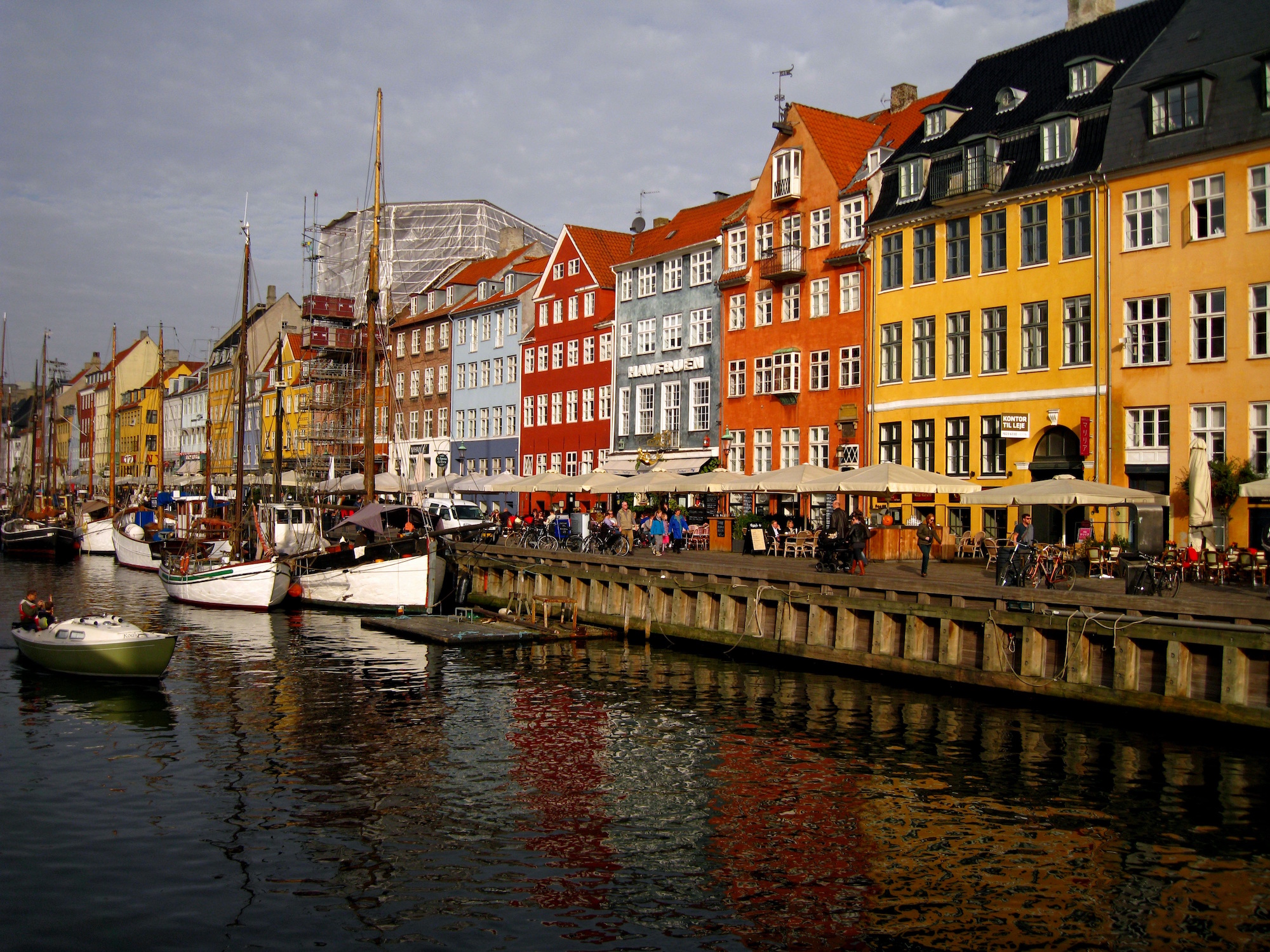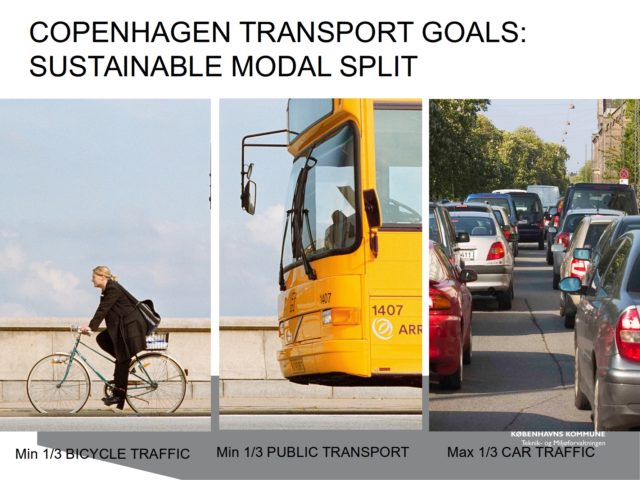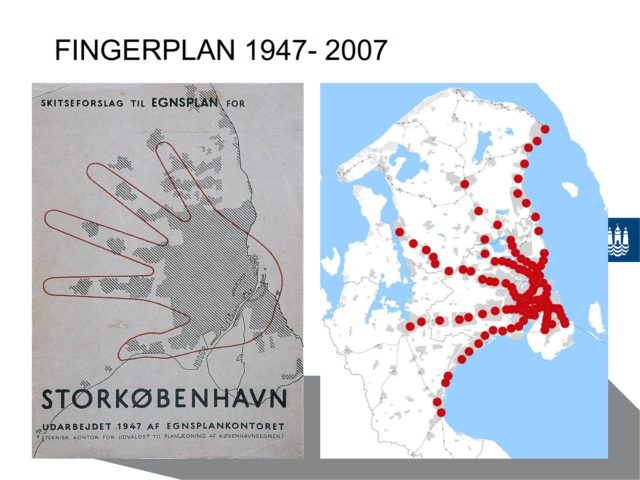
Effective Mobility and the Good City
September 17, 2014 — Blog
The demand for mobility in cities is on the rise, requiring innovative policy approaches. This paper explores the potential overlaps with water management policy, and more specifically the Dutch emphasis on a) long term, b) interjurisdictional and c) preventive integrated planning. As an example, the paper illustrates how these principles can help ensure successful urban mobility in Copenhagen.

Mobility is on the Rise and Cities Are Growing
Mobility is by nature both an individual activity – individuals have to get from point A to point B – and a societal issue – transportation systems need to have the capacity to deal with, and cater for the movement of many individuals. Much like a judicial system, the needs on a societal level must be weighed against the rights and obligations of individuals. Successful urban mobility policy therefore requires combining both the individual and societal view points, striking a balance between a host of competing interests.
Climate Change as a Parallel
Interesting parallels can be drawn between urban mobility and the issue of climate change. There are differing views on why and to which extent climate changes are taking place; but there is little disagreement that something is indeed happening, that the costs are tremendous, and that measures must be put in place to cope with the effects. More specifically, parallels – and even direct overlaps – can be seen between urban mobility policy and the coping measures set in place to deal with rising water levels or the effects of storms such as Sandy.
In December 2012, just after Hurricane Sandy and some years after Hurricane Katrina, President Obama signed an Executive Order creating the Hurricane Sandy Rebuilding Task Force. To this end, Shaun Donovan, Chair of the Task Force and Secretary of HUD, drew inspiration from Holland, a country very closely connected to water. He sought out and engaged Dutch expertise directly by bringing in the Dutch Director of Water management, Henk Ovink, as the Rebuild by Design principal and senior advisor.
With most of its land situated below sea level, Holland has a long standing tradition of “water policies”. This includes a comprehensive approach to water, including measures to protect itself from both river and sea water. Water is to be coped with at all times, and all structural decisions are to be aligned with integrated water policies. Consequently, “water policy” is not just brought in place to regulate times of catastrophe, but forms an integral part of Dutch daily and political life.
Several interesting observations can be made about Dutch water philosophy.
In Holland:
- Water is accounted for in all aspects of decision making
- Water is viewed as a regional and even national issue
- Water issues are managed with the aim of avoiding catastrophes rather than handling catastrophes
Lessons for Mobility?

In my view, we in the mobility sector can learn a lot from drawing a parallel between – and in some cases even integrating – the Dutch water management philosophy and the management of urban mobility. Similar to water, urban mobility demand is set to rise over the coming decades. While many exchanges now take place without the previously required physical travel due to increased electronic communication, virtual meetings, and the sharing of information, there is still an overall increase in exchanges requiring physical mobility. This is because the sheer increase in desired and realized exchanges between people far outweighs the trend of substituting physical meetings with virtual ones. What does all this mean in relation to urban mobility?
Parallel to the above point on water, I will offer the following suggestions:
- Mobility must be taken into account in all aspects of structural decision making
Mobility is part of everybody’s daily life and the functioning of the city, and the effects on society are seen every day. Securing mobility is not just an issue of building a road or drilling a metro. To secure effective mobility policies, it must be integrated with spatial development, business policies and social policies.
- Mobility as a regional and a national/interstate issue
A city cannot secure a coherent and effective mobility policy on its own. On the national scale, effective mobility relies on environmental and safety standards, issues of taxation and financing, and local regulation. On the regional level efficient mobility also relies on robust regional structures for the whole commuter network, in addition to a strong local emphasis which integrates walking and biking with mass transportation.
- Mobility issues are to be managed preemptively, rather than reactively
Gridlock and smog are situations to be prevented, not to be remedied. In the long run, planning for effective mobility is much more efficient than dealing with crises.
Inspiration from Copenhagen?
Copenhagen has:
- A 20% projected population growth over the next 10 years and further aspirations for economic growth
- An aim of securing most of the increased travel demand by public transport and soft modes
- An environmental goal of becoming carbon neutral by 2025
- A long term water management plan, Cloudburst Management Plan 2012, which is now being developed
We see these four issues forming the foundation for mobility policies over the decade to come.
The rise in population and subsequent mobility strain described above must primarily be absorbed by public transport, cycling, and walking. Meanwhile, the use of cars can be made more efficient and environmentally friendly through car sharing schemes, alternative fuels, efficient parking, and improved integration with other modes of transport.
In short, we describe our overall mobility policy as a 3/3 approach: at least 1/3 of trips are to be made by public transport, at least 1/3 by bike, and at most 1/3 by car.

This 3/3 approach takes into account that the car is and will remain an important player for mobility in Copenhagen and environs. We are working towards smarter infrastructure and vehicles, but even so, individual motorized travel will not in and of themselves be the solution to the future of metropolitan mobility challenges. They are simply not space efficient. Individual motorized traffic must thus increasingly be prioritized for those with a special need for such mobility.
Concerning the development of public transportation and soft modes, we focus on the following issues:
a) More Metro and Better Integration
Developing the existing automatic metro with a new Metro Cityring before 2020, and supplementing it with a northern and southern extension by 2025. The metro takes pressure off the streets, where the ”space between the houses” can be put to better use than for mobility needs that can be dealt with underground.
Simultaneously, we are expanding the bus system with higher class bus systems including dedicated bus lanes (bus rapid transit or BRT), while also taking a closer look at the potential of reintroducing the tram in its modern form; the light rail.
We have an increasing focus on the integration of public transportation (PT) – through the improvement of interchanges and by making information available to customers more comprehensible and real time.
A new legal framework has made it mandatory for PT entities to better integrate their services and information through the formation of an integrated agency to the benefit of the passengers.
b) The First and Last Urban Mile
In many cities the short trips to and from large rail or bus systems, or ‘the first and last urban mile’, are often not catered for, driving people away from efficient public transport systems towards doing the full trip by car.
In Copenhagen a dense metro and bus network and well developed bicycle lane network mean cycling is an easy and safe option for both internal trips and public transport connections. We have more bikes than people in Copenhagen, and two out of three Copenhageners working or studying in Copenhagen use their bikes as their primary means of daily transportation. The local and regional bike lane systems are constantly being developed to accommodate more long trips and increasingly popular electric bikes.
Established over 20 years ago, the world’s first functioning bike sharing system is now being modernized with a whole new concept of intelligent and electric rental bikes, which we hope will attract new and occasional users.
c) The Regional Agenda
On the 3/3 modal split goal, we live up to the goal for internal trips in Copenhagen, but we do not when we include traffic crossing the municipal border. Traffic is a regional issue. The Danish State is responsible for the backbone of the suburban/regional transportation policies, such as local and regional rail systems, and the freeway system. The local rail system, or S-trains, which covers the Greater Metropolitan Copenhagen Region, is envisioned to be automated in the coming decades. The system will then be able to provide faster, more reliable, and more frequent service to the customers in a more efficient and economically sound manner. It is expected this will result in a 40% increase in passengers due to better service – and at a lower operational cost than presently. The change is seen as an integrated move, when the rolling stock is up for renewal over the coming decade.
Copenhagen will join the Danish State and the Copenhagen Regional Authority, who are about to launch a comprehensive study examining the potential costs and benefits of introducing a regional network of light rail/BRT in the Copenhagen Region.
d) Physical Planning
Creating an effective physical structure for the metropolitan area is an essential long term development goal. Having pioneered the ‘Finger Plan’ in the 1940’s, a local rail system that efficiently connects residential suburbs to workplaces in the central parts of the region, this is now being supplanted to accommodate a rising demand for ‘inter-finger’ transportation spurred on by commercial developments in the outer areas. The Danish way of implementing Transit Oriented Development, TOD, includes a renewed focus on intensifying the usage of the areas adjacent to public transportation hubs (i.e. rail or metro stations), and the creation of orbital connections by bus and/or light rail in the suburban parts of the metropolitan area.
One special feature of the creation and development of the automated metro is that the financing was primarily secured through Value Capture, where the rising value of adjacent lands to the Metro has been the major contributor to financing the infrastructure.

e) Cloudburst Management Plan 2012
Copenhagen suffered in 2011 from a “100 year cloudburst” and we do not again want to suffer large damages of future rainstorms and rising water levels. We have therefore made a comprehensive review of the future climate challenges and developed relevant measures together with our neighboring municipalities. The measures are developed as “technical, hydraulic engineering projects” as well as a “city scape” project where known local and strategic needs are integrated in the individual measures – eg. creating a local park, a walkway, a bicycle path, restructuring of the PT network, or the refurbishing of road space.
Currently being detailed, this long term plan is to be fully adaptive with other infrastructure initiatives such as new roads, bridges, or public spaces as well as climate initiatives, to ensure a common plan can be developed and implemented.
Conclusion
Overall, this paper has identified three key features of Dutch water management policy which can serve as guideline principles for urban mobility policy. These include a) taking mobility into account in all aspects of structural decision making, b) acknowledging mobility as a regional/interstate and national issue, c) managing mobility with the aim of avoiding catastrophes rather than handling catastrophes.
The specific examples from Copenhagen can be taken as inspiration for others in developing their own plans according to their specific needs. These guideline principles will help cities appreciate the far-reaching and cross-cutting importance of mobility, as well as approach mobility policy holistically.